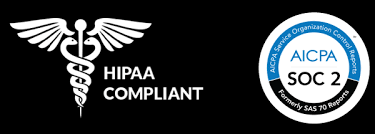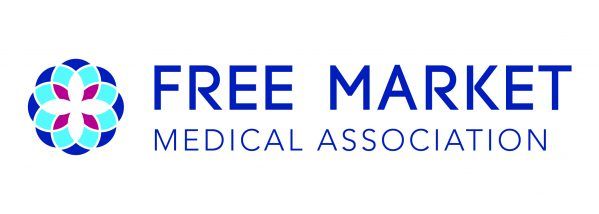What Is a Captive Health Insurance Plan and How Does It Work?

Rising healthcare costs have left many employers, especially mid-sized businesses, searching for alternatives to traditional insurance models. One solution gaining steady traction is captive insurance. It’s a model that allows companies to take greater control of their risk, costs, and long-term healthcare strategy.
But what exactly is a captive insurance plan, how does it work, and why are more employers exploring it as part of their benefits strategy?
Let’s unpack it.
What Is Captive Insurance?
At its core, captive insurance is a form of self-insurance where a company creates its own licensed insurance entity to cover its risks instead of buying coverage from a traditional insurer.
In healthcare, a captive health insurance company allows employers, or a group of employers, to form their own insurance company that provides health coverage to their employees. This means that instead of paying premiums to a carrier, employers pool their own resources and assume some of the financial risk.
For example, rather than a small or mid-sized business paying large premiums to an external insurer, they can participate in a captive insurance company for small business owners, gaining shared control over how funds are used and invested.
How Does Captive Insurance Work?
Here’s how the structure typically operates:
- Formation: Employers form or join a captive insurance company, often alongside other like-minded businesses.
- Premium Contributions: Each employer pays premiums into the captive, just as they would to a traditional insurer.
- Claims & Reserves: Those pooled funds are used to pay employee health claims and build reserves for future costs.
- Reinsurance Protection: Captives often buy stop-loss or reinsurance coverage to protect against catastrophic claims.
- Profit Sharing: If claims are lower than expected, the surplus stays within the captive, returning value to employers instead of insurance carriers.
So, how does captive insurance work in practice? It combines the stability of insurance with the flexibility of self-funding. Employers share in the risk but also the rewards. Over time, the model can lead to improved cost predictability and stronger alignment between employers, providers, and members.
Advantages and Disadvantages of Captive Insurance
Like any health funding strategy, captive insurance comes with both opportunities and trade-offs. Recognizing both the benefits and limitations is essential before making an informed decision.
Advantages of Captive Insurance
For employers evaluating captive health insurance companies, the benefits can be significant:
- Cost Control: Captives reduce administrative overhead and profit margins that go to traditional insurers.
- Customization: Employers can design coverage that aligns with workforce needs, rather than off-the-shelf policies.
- Data Transparency: Captives often provide clearer access to utilization and cost data, allowing smarter health management.
- Profit Retention: If claims are low, unused premiums stay in the captive instead of being lost to a carrier.
- Long-Term Stability: Captives can buffer premium volatility and encourage proactive health initiatives
Disadvantages of Captive Insurance
However, captives are not without challenges. They require a deeper understanding of risk and a commitment to long-term management.
- Capital Requirements: Starting or joining a captive demands upfront financial commitment, which can be a barrier for smaller employers.
- Regulatory Oversight: Captives are subject to state or offshore regulatory rules, which vary in complexity and require diligent compliance.
- Claims Volatility: While reinsurance mitigates large risks, poor claims years can still impact financial returns.
- Management Complexity: Running a captive demands strong governance, actuarial support, and ongoing data analysis, typically requiring outside expertise.
- Long-Term Focus: Captives deliver value over time, not overnight. Employers must be patient and disciplined to realize the full benefit.
Ultimately, choosing captive insurance requires weighing both the benefits and challenges to see if it aligns with your organization’s goals and long-term health plans.
Captives, Self-Funding, and the Future of Employer Health Plans
Captive insurance fits within the broader movement toward employer-driven health models like self-funding and direct care. It’s a middle ground for organizations that want to move beyond fully insured plans but aren’t ready to go entirely self-funded.
By pooling risk with other employers through a captive, businesses gain access to scale, protection, and flexibility that were once reserved for large corporations. And with modern healthcare data analytics solutions, employers can now track trends, forecast costs, and measure outcomes with precision, making captive participation even more strategic.
Final Thoughts
Captive insurance isn’t a one-size-fits-all solution, but for many employers, it’s a powerful way to take back control of healthcare costs while maintaining financial protection. By combining risk pooling, transparency, and smart analytics, captives turn uncertainty into opportunity.
At Health Compiler, we help employers and benefits advisors turn healthcare data into clear insights, powering smarter decisions across self-funded and captive models alike. Our analytics platform makes it easy to measure plan performance, identify trends, and demonstrate value across every layer of care.
Because when data tells the right story, employers don’t just manage risk, they shape the future of their benefits.



